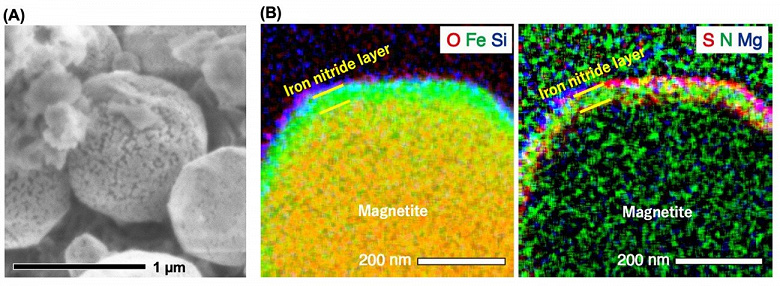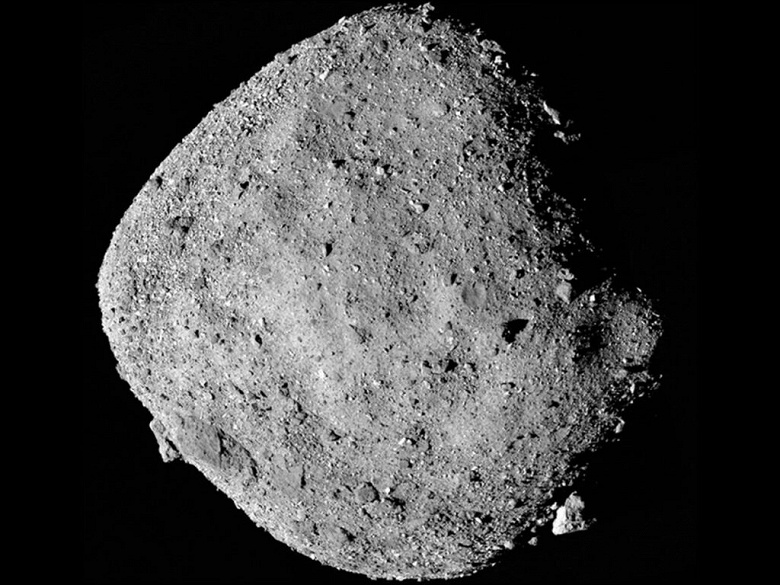Micrometeorites and the “building blocks” of life on Earth: a new look at the early history of our planet
The little-known role of meteorites in providing nitrogen to the early Earth has been revealed in studies of samples from the Ryugu asteroid.
Micrometeorites arriving from distant parts of the outer solar system were found to be responsible for transporting nitrogen near Earth during the formation of the solar system. The news was published in a study conducted by an international team of scientists, including a team from the University of Hawaii in Kyoto.
Nitrogen compounds, such as ammonium salts, are commonly found in materials that originate far from the Sun, but how they are transported into Earth's orbit has not been well understood.
“Our latest results show that previous estimates of the transport of nitrogen compounds into near-Earth space significantly underestimated their quantity. These compounds can serve as building blocks for the emergence of life on our planet,” emphasizes Hope Ishi, one of the study’s co-authors from the Institute of Geophysics and Planetary Science at the University of Hawaii.

Ryugu, like all asteroids, is a small rocky asteroid orbiting the Sun. The Japanese space mission Hayabusa 2 explored Ryugu and returned samples from its surface to Earth in 2020. This asteroid is rich in carbon and has experienced many impacts, including impacts from micrometeorites and exposure to charged ions coming from the Sun.
The purpose of this research was to find clues about the origin of materials reaching the low-Earth orbit zone where Ryugu is now located. By analyzing space weather signatures on samples of the asteroid, the researchers discovered that Ryugu's surface is covered in small minerals composed of iron and nitrogen (iron nitride, Fe4N).
“We hypothesized that micrometeorites containing ammonia compounds were transported from frozen space objects and collided with Ryugu, causing chemical reactions on the magnetite surface and leading to the formation of iron nitride,” says Toru Matsumoto, lead author of the study and a doctorate at Kyoto University.
The formation of iron nitride was observed on the surface of magnetite, consisting of iron and oxygen atoms. Under the influence of the space environment, oxygen atoms are detached from the surface due to irradiation by hydrogen ions, the source of which is the Sun, as well as due to heat from collisions with micrometeorites. Such processes lead to the formation of metallic iron on the surface of magnetite, which promotes its reaction with ammonia, creating optimal conditions for the synthesis of iron nitride.

